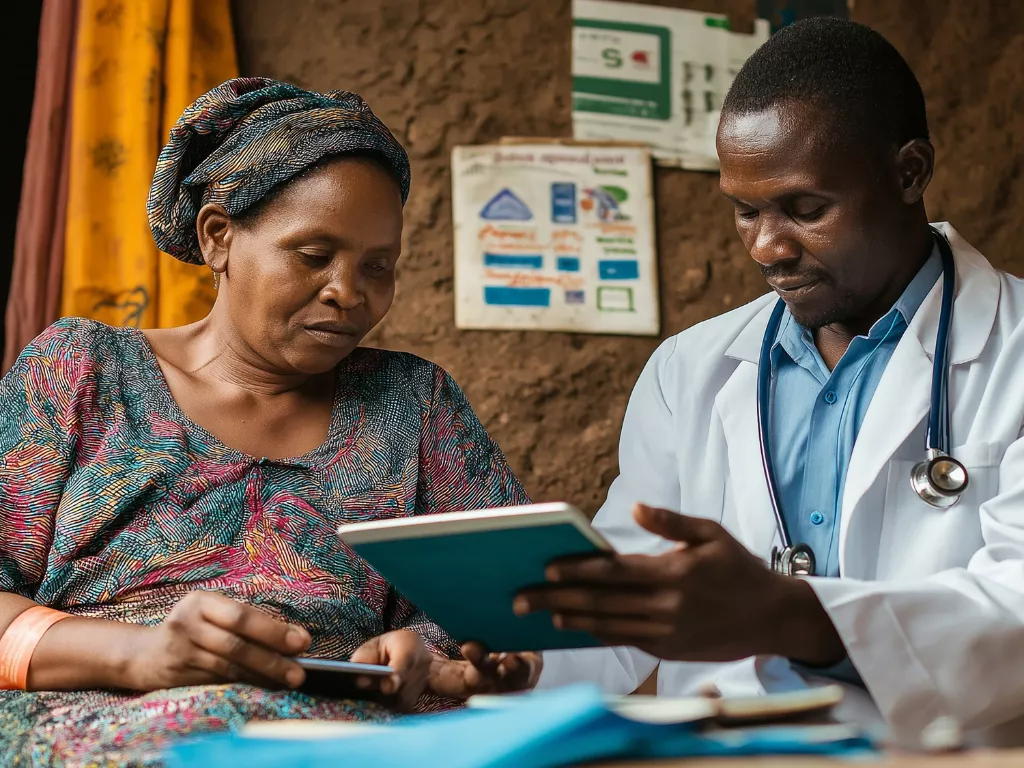Trends that will shape the Healthcare & Lifesciences in 2024
28 February 2024
Healthcare & Lifesciences IT market overview
The healthcare IT market includes a range of technology solutions such as electronic health records (EHRs), telemedicine, mHealth (mobile health) applications, health information exchange (HIE), clinical decision support systems (CDSS), and more. The healthcare IT market is driven by several factors, including increasing demand for digital healthcare solutions, government initiatives promoting healthcare IT adoption, rising healthcare costs, and the growing prevalence of chronic diseases.

Discover more

Building Better Digital Experiences with Information Architecture
In today’s digital age, information is omnipresent. Whether it's websites, mobile apps, online platforms, or digital content, these elements have become integral parts of our...

Revolutionizing Rural Healthcare: How AI is Shaping the Future of Telemedicine
Introduction Telemedicine has revolutionized healthcare delivery, particularly for underprivileged populations. For rural areas, where access to healthcare facilities is often limited, telemedicine has the potential...

PFAS: How ‘Forever Chemicals’ Impact Medical Devices
Introduction: Since 1940, per- and polyfluoroalkyl substances (PFAS) - a class of artificial compounds, have been used globally in a variety of industrial and consumer...
